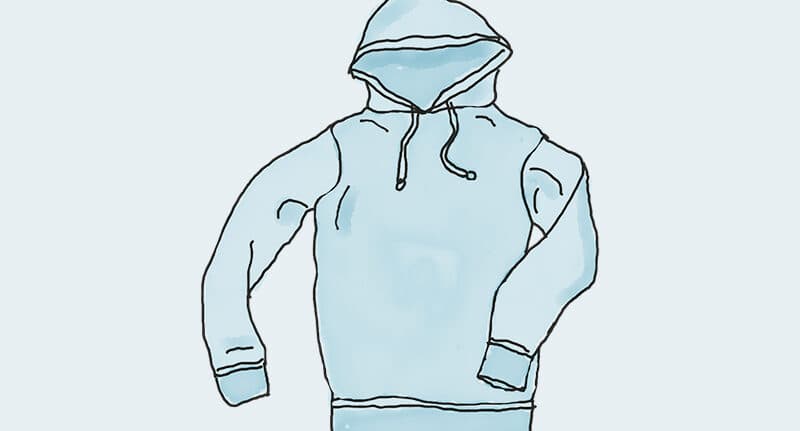5 Tips for Trade Marking Your Clothing Brand

Trade marks distinguish your goods or services from other businesses and help build your brand. As a creative business, obtaining trade mark protection for your clothing brand is a great way to protect your brand’s intellectual property (IP). This will prevent others from using a design the same as or similar to yours. This article will take you through five tips you should know before you trade mark your clothing brand.
1. Know What You Can Trade Mark
The first tip is to know what parts of your clothing brand you can trade mark. A trade mark can take many forms, and for your clothing brand, this might include your:
- brand name;
- logo;
- slogan;
- brand colours; or
- aspects of your packaging.
Trade marking one or more of these aspects of your clothing brand is a great way to identify your clothing line. With so many competitors in the market, a trade mark is one way you can separate your brand from the rest of the crowd. You may wish to use your trade mark on a tag, advertising or clothing. Having a trade mark also gives you the right to licence your trade mark, making it a great option if you plan on selling your clothing brand in other stores.
2. Know Your Classification of Goods
IP Australia distinguishes categories of goods and services by ‘classes’. For example, belts fall under class 25, while belt buckles fall under class 26. The classification of goods for your clothing brand is important because it will help determine the availability of your trade mark.
Two companies might be able to register the same brand name as long as the products or services are different. For example, the brand name ‘Dove’ is trade marked by two separate companies; one selling personal care products and the other selling chocolate. You will find it difficult to register trade marks that are the same as or similar to the trade marks of another clothing brand. To find out what class your clothing brand will fall under, search using IP Australia’s trade marks classification search.
3. Know the Legal Requirements
You must consider the restrictions on what you can trade mark. Your trade mark must not be the same as or similar to another trade mark, and your trade mark cannot describe your product or attest to its quality.
For example, you will find it difficult to register the trade mark ‘Good Hats’ for a hat brand. This is because other hat sellers will need to use the word ‘hats’ and because you cannot describe the quality of your product in your trade mark.
Trade mark applications succeed when the trade mark is unique and distinctive, and a unique trade mark will also help your clothing brand stand out from competitors.
4. Know How to Register
You can apply to register your trade mark through IP Australia. While registration itself is free, there are costs associated with the application, which can be off-putting for smaller businesses. Before you register, you should do a thorough trade mark search to check the availability of your trade mark. This will help prevent anyone from objecting to your application, potentially saving you a lot of time and money in the future. You will have to provide evidence in your trade mark application. This includes information about how you intend to use your trade mark, which class you are applying under, and a description of all the goods and services to which your trade mark will apply.
5. Know Your Rights
Once you register your clothing brand as a trade mark, you will be able to enforce your rights. While having a registered trade mark is not essential, it is an excellent way to add an extra layer of brand protection. Having a trade mark on one or more aspects of your clothing brand can:
- prevent counterfeiters from stealing your designs;
- prevent other businesses from using your branding for themselves; and
- help ensure you are not infringing on someone else’s trade mark.
After registering your trade mark, you can issue a ‘cease and desist’ letter to anyone infringing on your products, obtain a court order to prevent them from continuing to use your trade mark, and claim money for either your loss or their gain from using your trade mark. Obtaining a trade mark registration is a small price to pay for protecting your reputation as a legitimate brand.
Key Takeaways
Your business’ intellectual property is its most important asset, and this is particularly true for clothing brands where creativity is the foundation of your entire business. Trade marking parts of your clothing brand is a great way to protect your business, giving you peace of mind knowing that you can prevent others from stealing your designs. If you need further legal assistance with trade marking your clothing brand, our experienced trade mark lawyers can assist. Call us on 1300 657 423 or complete the form on this page.
Frequently Asked Questions
There are several benefits to trade marking your clothing brand, including preventing others from using your branding or designs for their benefit.
There is no fee to register a trade mark. However, the application fees can be costly. The cost of your application will depend on how many parts of your clothing brand you are trade marking and what classification of goods and services they fall under.
Trade mark registration lasts for 10 years, starting from the filing date. After 12 months, you can renew your trade mark registration for another ten years.

